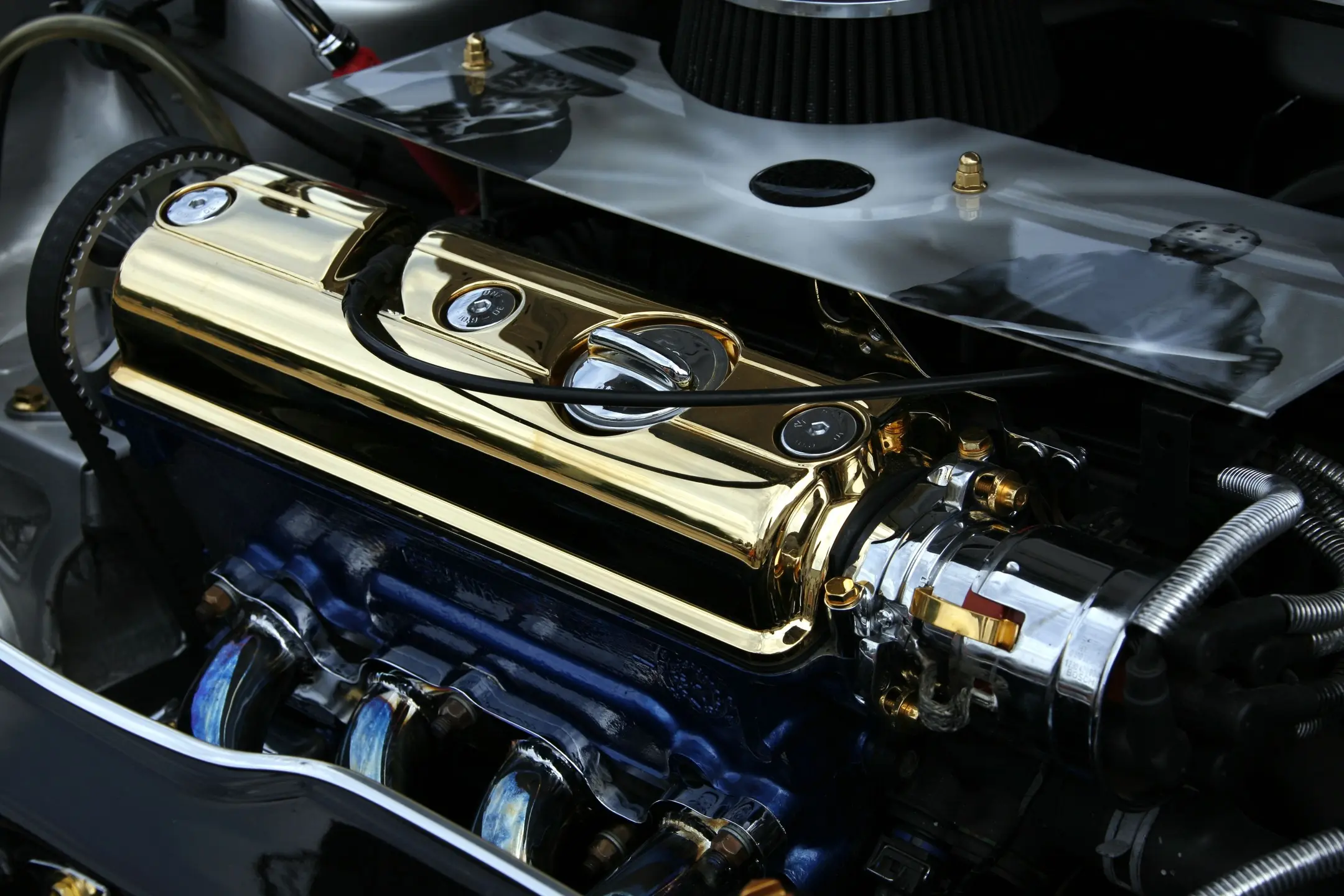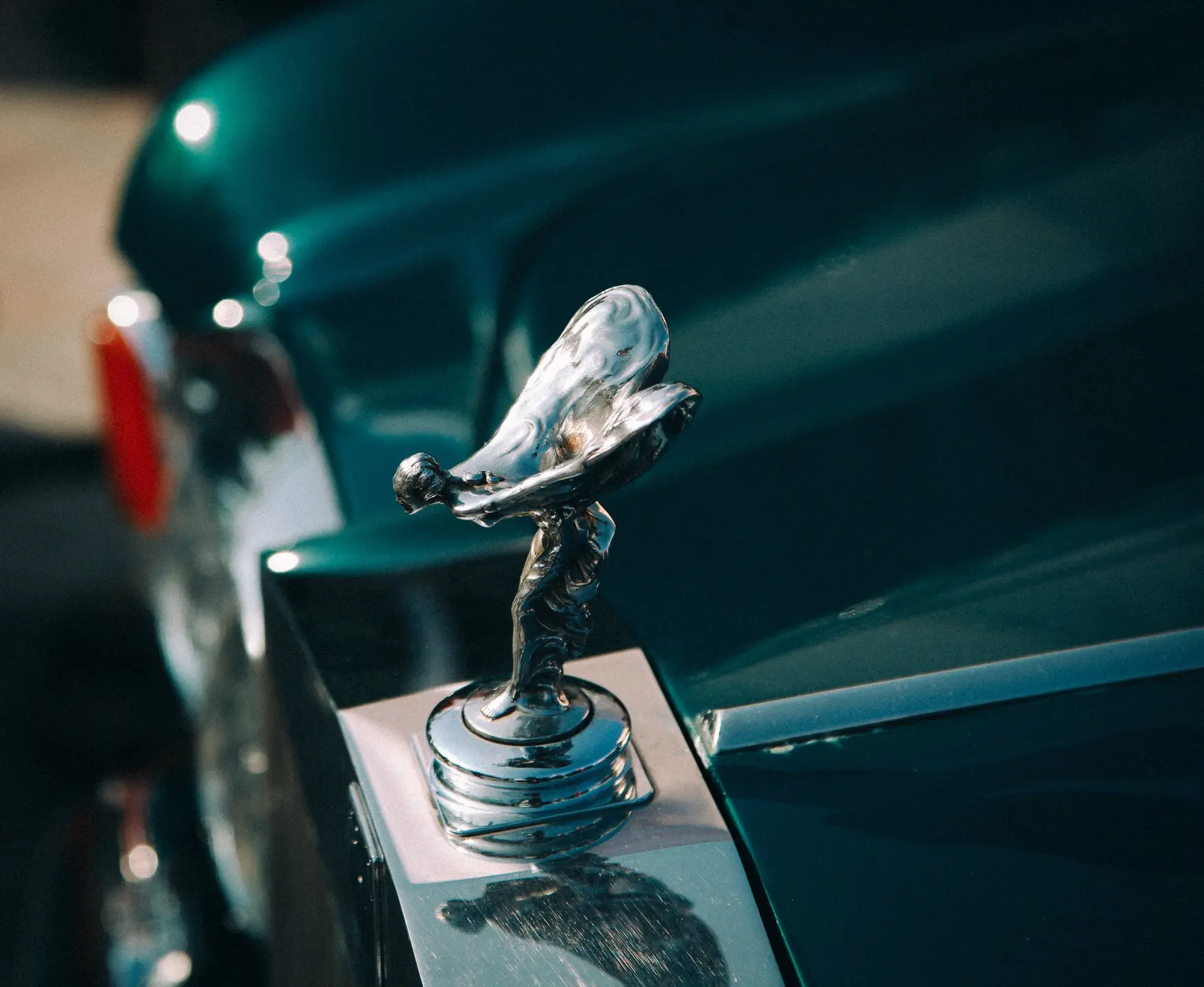
Written by Chase Kaufman
When I was asked by Art Confidential to write about horology- and possibly on automobilia, I was flattered. However, in the next instant my pragmatic nature took hold and I questioned myself- and the editor, as to whether the subject matter would be suited to Art Confidential. While he clearly thought, as would be implied by his suggestion, that the material would be well received by the readership, I was intriguingly not satisfied. Something much broader in my pondering psyche took hold.
A friend and horological colleague of mine, Nathalie Wheldon happens to not only be an art scholar, but married to art historian, author, and professor, Keith Wheldon. When I said to her that I wanted to write an article about whether functional objects- in this case, watches, clocks, automobiles- could be art, she promptly responded that they could not. At that moment, I had no idea that I was about to embark on a discussion I am sure tested the patience of my friend.
When I pressed as to why not, she replied that functional objects could not be art, because of the inherent limitations imposed by the requirement of the object to be functional, and that art must be free of constraints. The genesis of the object and its development was focused, and thereby limited, by the physical prerequisites of their functionality. While I understood the argument, I immediately offered that the vast majority, if not all art, is subject to physical constraints or requirements, whether it be the physical properties of canvas, stone, or any medium.

Furthermore, the disqualification based on functionality did not sit well with me. I answered- in retrospect, in a manner possibly interpreted as flippantly, “so that means that any of the great paintings in history cease to become art if they serve the functional purpose of a wall covering, or any of the great tapestries and textile arts cease to be art as soon as they are used as carpets? By that definition, any stained-glass works were never art if they were installed as windows.”
I became worried at this point that my discourse may have been interpreted as disrespectful or an attempt to devalue art, which was neither true, nor my intention. I tried a different tactic, I asked Nathalie to focus on what art is rather than what art is not. At the very least, I was treated to an impassioned survey of some of art’s wonders, which in its entirety, would likely fill an entire issue. A couple of the key points follow.


Art is a rich communique by the artist, an embodiment of all the influences on, and the experiences of, this artist, in the universal language of art. The product will be influenced by both the artistic and social backgrounds of the artist, regardless of whether the piece is intended as social commentary. As such, this allows the consumer of the art to share in an experience, regardless of the time or place in which said consumer resides.
The unique attributes of an artist’s work should be identifiable as such. Just as a person’s lexicon, cadence, and accents form a linguistic fingerprint, so too should an artist have his or her own language that is reflected in their communiqués.





This topic took a slight pivot based on art being identifiable by its ability to convey messaging and shared experience to its consumer. At this point I offered to Nathalie something that we both knew, which is that one of the points of attraction for many people to watches, specifically vintage pieces, is the ability to connect across time to share the experience of the item.
At this instant the conversation was about to take quite a turn, when Nathalie, possibly exasperated, responds, “no no no, art does not need you to experience it,” and then she fully extended her arm in front of herself, “art is out there, it always is, it is not based on you.” Paraphrasing, the purpose of a car is to transport, and the purpose of a watch is to tell time, so their function is necessarily part of the experience. This stance that art must have no reliance on the consumer’s experience was particularly disagreeable, and it certainly would exclude quite a few examples I had recently enjoyed at SuperBlue.

I quickly pointed out that there are many museums where people attend to see examples of these functional items where they cannot experience the root functions. After this exchange, I understood that the core position of my friend was that not only the genesis of an object must be for the purpose of creating art, and that it must remain unsullied by function throughout its development.
At this point, we seem to have ended up near to where we started, almost. Whilst I may not agree with this position, I now understand it, and am able to consider it. To the dear readers who have endured this circuitous cognitive endeavor, you are appreciated. If we have fallen short of the lofty goal of clarity, at a minimum we hope to have provoked thought and consideration. Furthermore, regardless which position you take on the issue, assuming you take one at all (not required), of utmost importance is that you enjoyed the ride. -